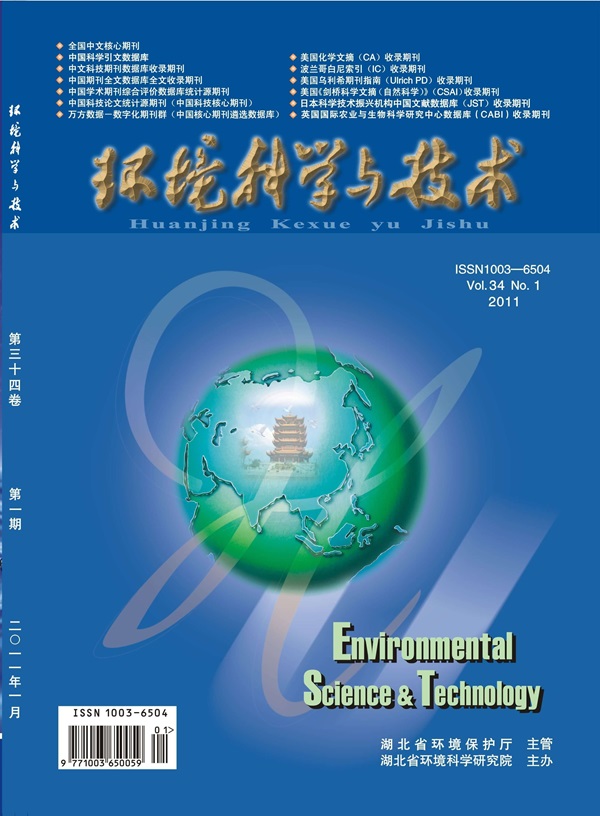IF 10.8
1区 环境科学与生态学
Q1 ENGINEERING, ENVIRONMENTAL
引用次数: 0
摘要
预计到 2050 年,太阳能光伏发电(PV)将占全球电力供应的 79%。大规模生产能源密集型硅光伏产品可能会对环境造成重大影响,并导致材料需求增加。采用金属卤化物过共晶串联光伏技术可进一步提高光伏行业的可持续性,因为与硅光伏技术相比,金属卤化物过共晶串联光伏技术可能具有更高的效率和更低的制造排放。在此,我们评估了从 2030 年到 2050 年,串联部署光刻胶对全球和地区光伏行业的气候和材料需求的影响。除了在以硅为主的光伏行业部署串联型过氧化物晶硅外,我们还考虑了从串联型过氧化物晶硅到最终全串联型过氧化物晶硅光伏的快速、缓慢和无过渡。这种过渡可减少高达 0.43 兆吨的锡需求量,并减少光伏制造过程中 16.2% 的累积碳排放量。与硅光伏方案相比,即使不部署全过氧化物,过氧化物-硅光伏方案仍可产生高达 10.8% 的累计碳减排量。此外,部署串联式过氧化物晶体系统可降低 21.2% 的能源成本,实现低至 3.66 美分/千瓦时的平准化电力成本(LCOE)。要取得这些成果,需要替换限制资源的组件,例如用含氟氧化锡类似物替代氧化铟锡。本文章由计算机程序翻译,如有差异,请以英文原文为准。

Transitioning Photovoltaics to All-Perovskite Tandems Reduces 2050 Climate Change Impacts of PV Sector by 16%
Solar photovoltaics (PVs) are projected to supply up to 79% of global electricity by 2050. The mass production of energy-intensive silicon PV may lead to significant environmental impacts and material demands. Adopting metal halide perovskite tandem PV can further enhance the sustainability of the PV sector due to their potentially higher efficiency yet lower fabrication emissions than silicon PV. Here, we assess the climate and material demand impacts of perovskite tandem deployment on global and regional PV sectors from 2030 to 2050. In addition to the deployment of perovskite tandem into the silicon-dominated PV sector, we consider the fast, slow, and no transitions from perovskite-silicon tandem as a stepping stone to the final all-perovskite tandem PV. The transition can reduce up to 0.43 Mt tin requirement and 16.2% of cumulative carbon emissions from the PV fabrication process. Even without all-perovskite deployment, perovskite-silicon PV can still generate up to a 10.8% cumulative carbon reduction compared to silicon PV scenarios. Besides, the deployment of perovskite tandem systems can reduce energy costs by up to 21.2%, achieving a levelized cost of electricity (LCOE) as low as 3.66 cents/kWh. Achieving these results requires replacing resource-limiting components, such as substituting indium–tin-oxide with fluorinated-tin-oxide analogs.
求助全文
通过发布文献求助,成功后即可免费获取论文全文。
去求助
来源期刊

环境科学与技术
环境科学-工程:环境
CiteScore
17.50
自引率
9.60%
发文量
12359
审稿时长
2.8 months
期刊介绍:
Environmental Science & Technology (ES&T) is a co-sponsored academic and technical magazine by the Hubei Provincial Environmental Protection Bureau and the Hubei Provincial Academy of Environmental Sciences.
Environmental Science & Technology (ES&T) holds the status of Chinese core journals, scientific papers source journals of China, Chinese Science Citation Database source journals, and Chinese Academic Journal Comprehensive Evaluation Database source journals. This publication focuses on the academic field of environmental protection, featuring articles related to environmental protection and technical advancements.
 求助内容:
求助内容: 应助结果提醒方式:
应助结果提醒方式:


